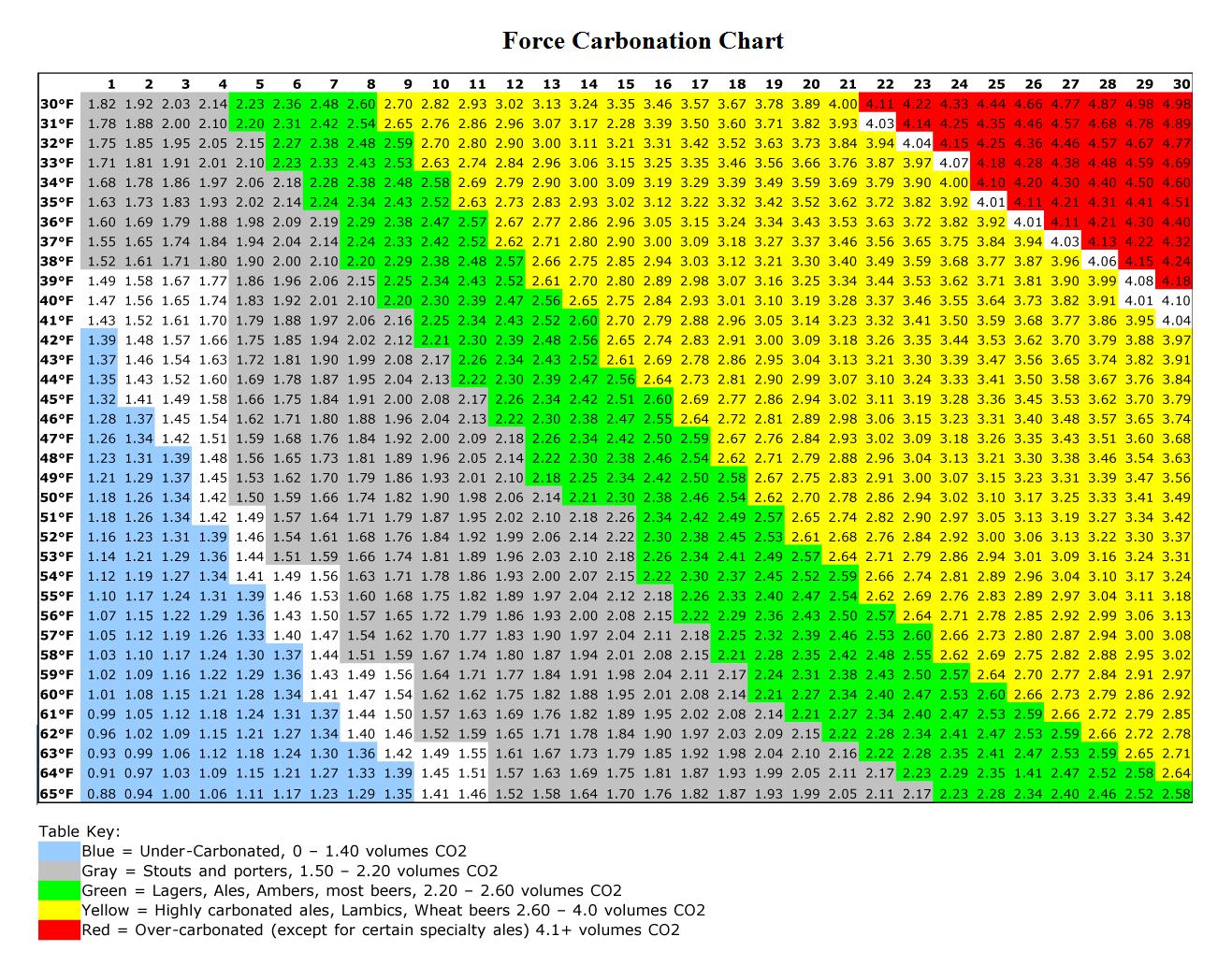Contradiction
Member
Hi everyone,
I'm going to be borrowing a friend's equipment to force carb a batch of beer I have before I move to a new apt. on Friday.
Unfortunately I don't have a kegerator setup yet, or for that matter a good place to cool the beer before I force carb it.
I'm going to set it to 30 PSI and roll it on the floor for 5 min. to force carb it, but I'm wondering if it's worth doing anything else after that.
I most likely won't have my keezer setup for a month or more at the earliest, so it's not like I'm going to drink it anytime soon. That should give it time for the CO2 to saturate.
I am wondering if there would be any advantage to letting it stay pressurized with the CO2 afterward though?
Most of the directions I have read for force carbing recommend that after you force carb you should reduce pressure to a suitable serving pressure and put the keg in the kegerator afterward. That makes sense if you intend to drink it relatively soon afterward.
I don't have the luxury of doing that but I'm wondering if keeping it pressurized afterward would have any advantage?
In other words, would there be a benefit to leaving it on at 8-10 PSI at room temp for 10-12 hours after I force carb with the roll method?
Or is there no benefit to that?
I could also put the keg in the fridge for the same duration of time, but not with the CO2 hooked up at that point. I'm not going to be able to cool it that way beforehand because I need to do this tonight.
I'm going to be borrowing a friend's equipment to force carb a batch of beer I have before I move to a new apt. on Friday.
Unfortunately I don't have a kegerator setup yet, or for that matter a good place to cool the beer before I force carb it.
I'm going to set it to 30 PSI and roll it on the floor for 5 min. to force carb it, but I'm wondering if it's worth doing anything else after that.
I most likely won't have my keezer setup for a month or more at the earliest, so it's not like I'm going to drink it anytime soon. That should give it time for the CO2 to saturate.
I am wondering if there would be any advantage to letting it stay pressurized with the CO2 afterward though?
Most of the directions I have read for force carbing recommend that after you force carb you should reduce pressure to a suitable serving pressure and put the keg in the kegerator afterward. That makes sense if you intend to drink it relatively soon afterward.
I don't have the luxury of doing that but I'm wondering if keeping it pressurized afterward would have any advantage?
In other words, would there be a benefit to leaving it on at 8-10 PSI at room temp for 10-12 hours after I force carb with the roll method?
Or is there no benefit to that?
I could also put the keg in the fridge for the same duration of time, but not with the CO2 hooked up at that point. I'm not going to be able to cool it that way beforehand because I need to do this tonight.











![Craft A Brew - Safale S-04 Dry Yeast - Fermentis - English Ale Dry Yeast - For English and American Ales and Hard Apple Ciders - Ingredients for Home Brewing - Beer Making Supplies - [1 Pack]](https://m.media-amazon.com/images/I/41fVGNh6JfL._SL500_.jpg)
















































